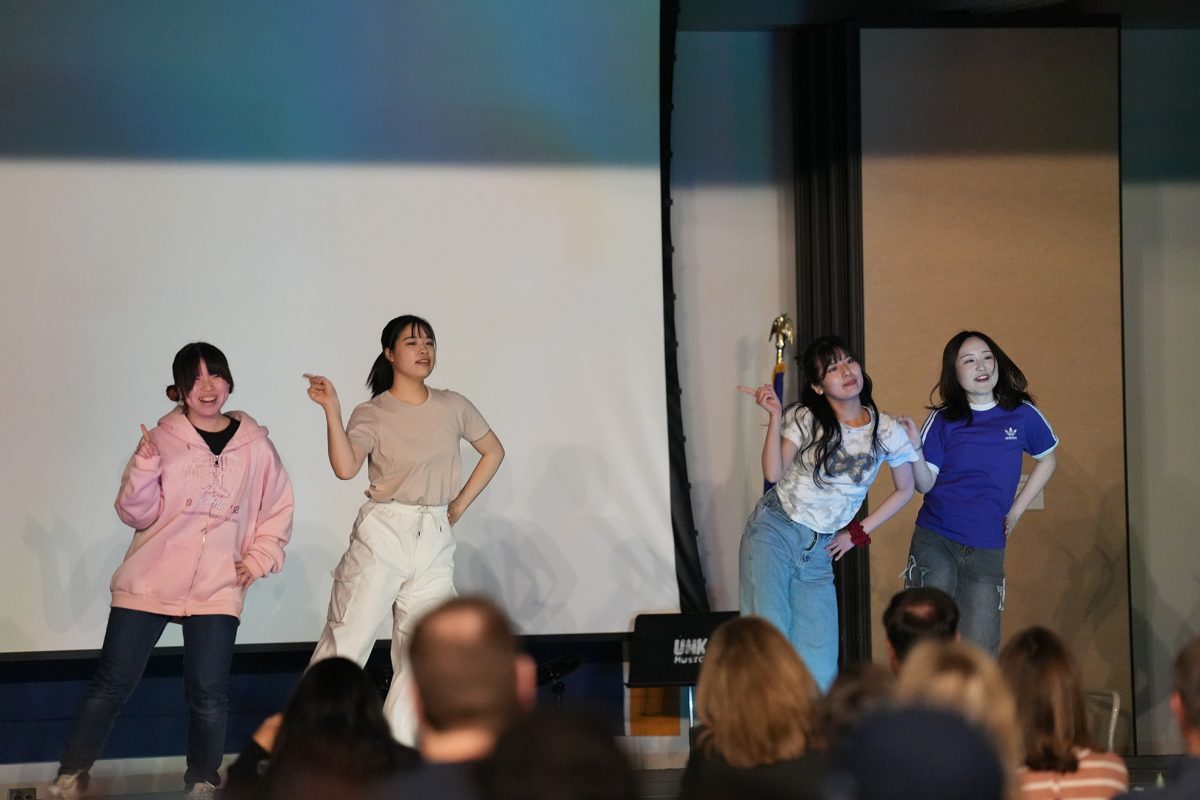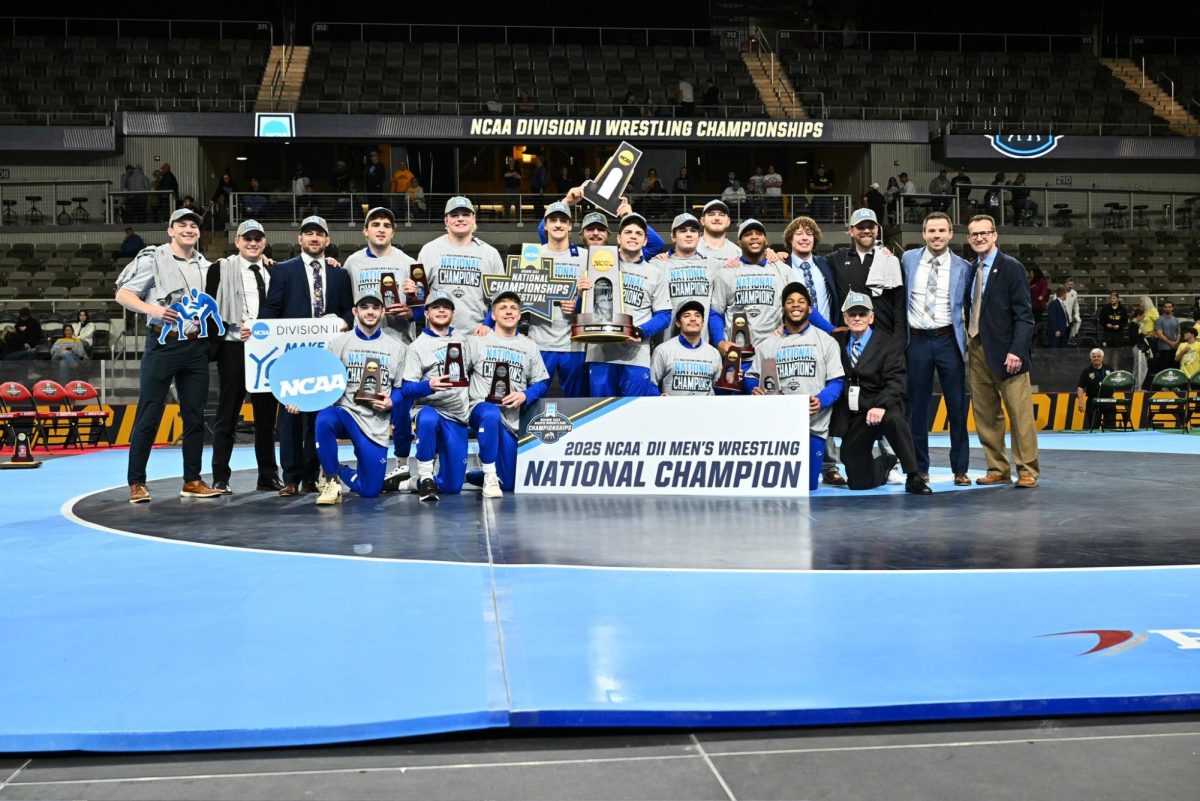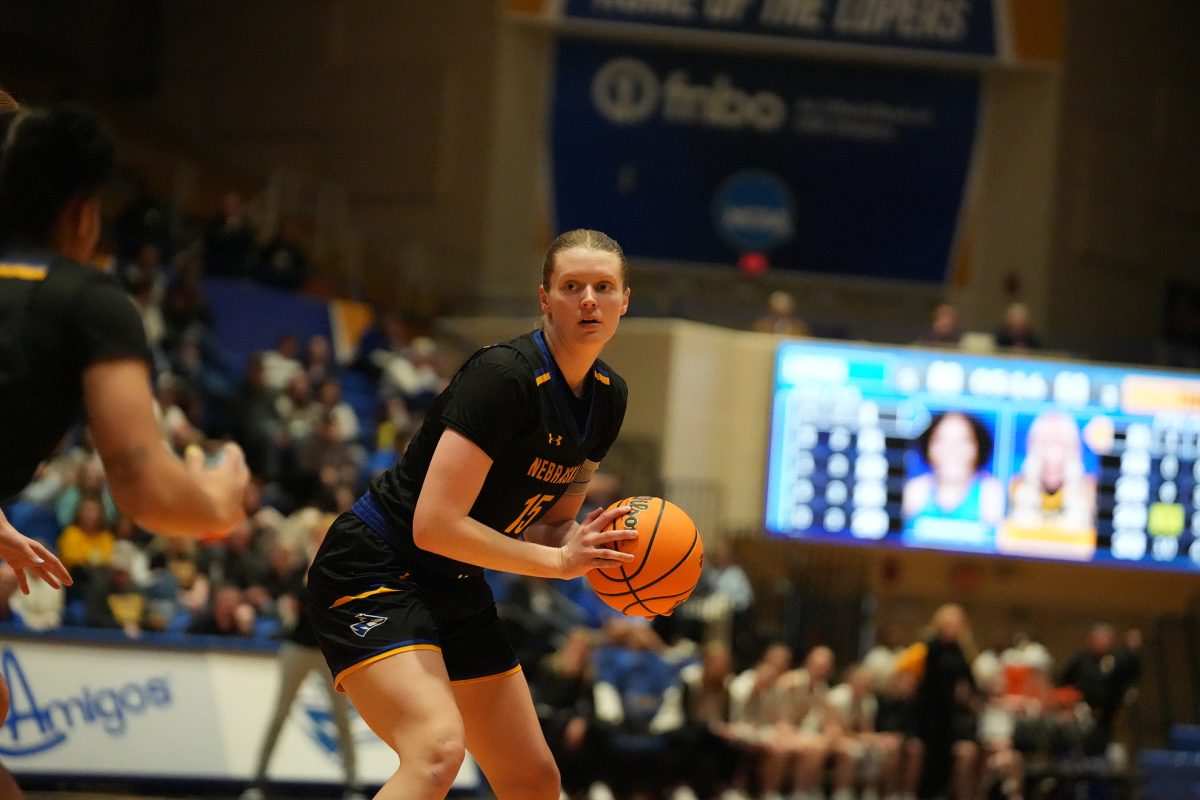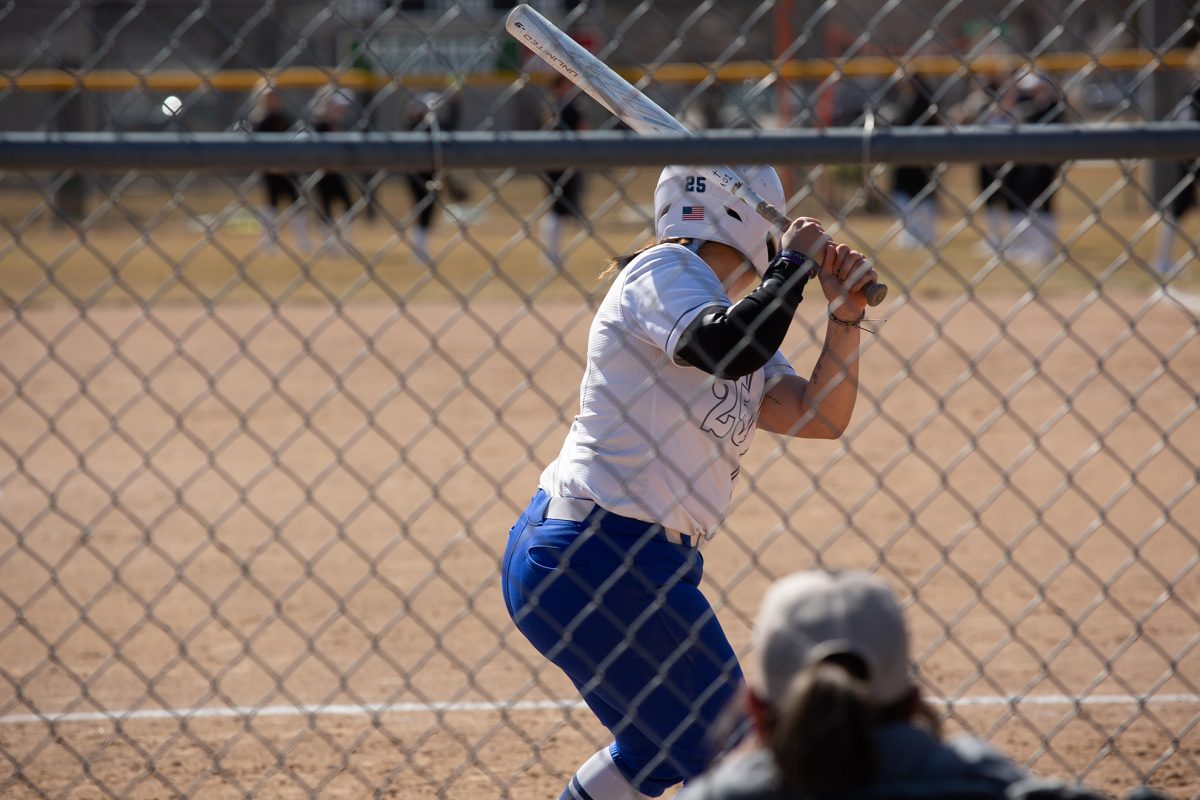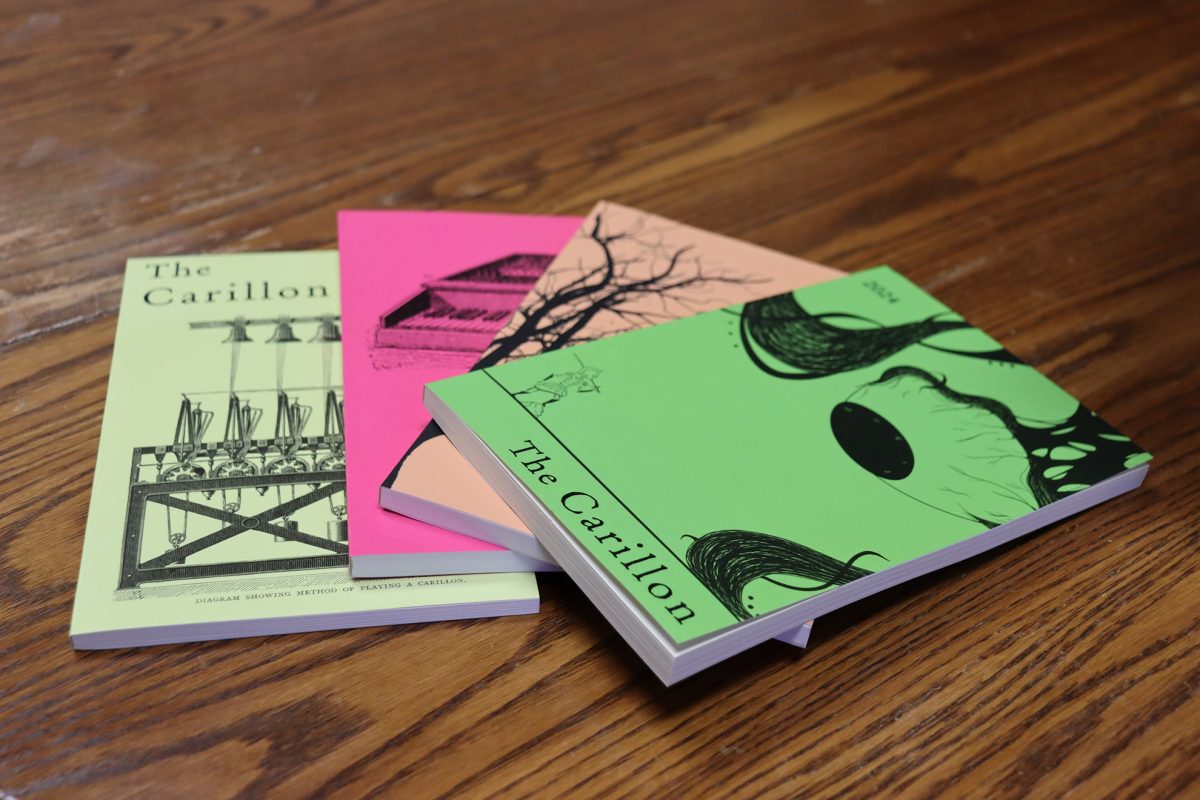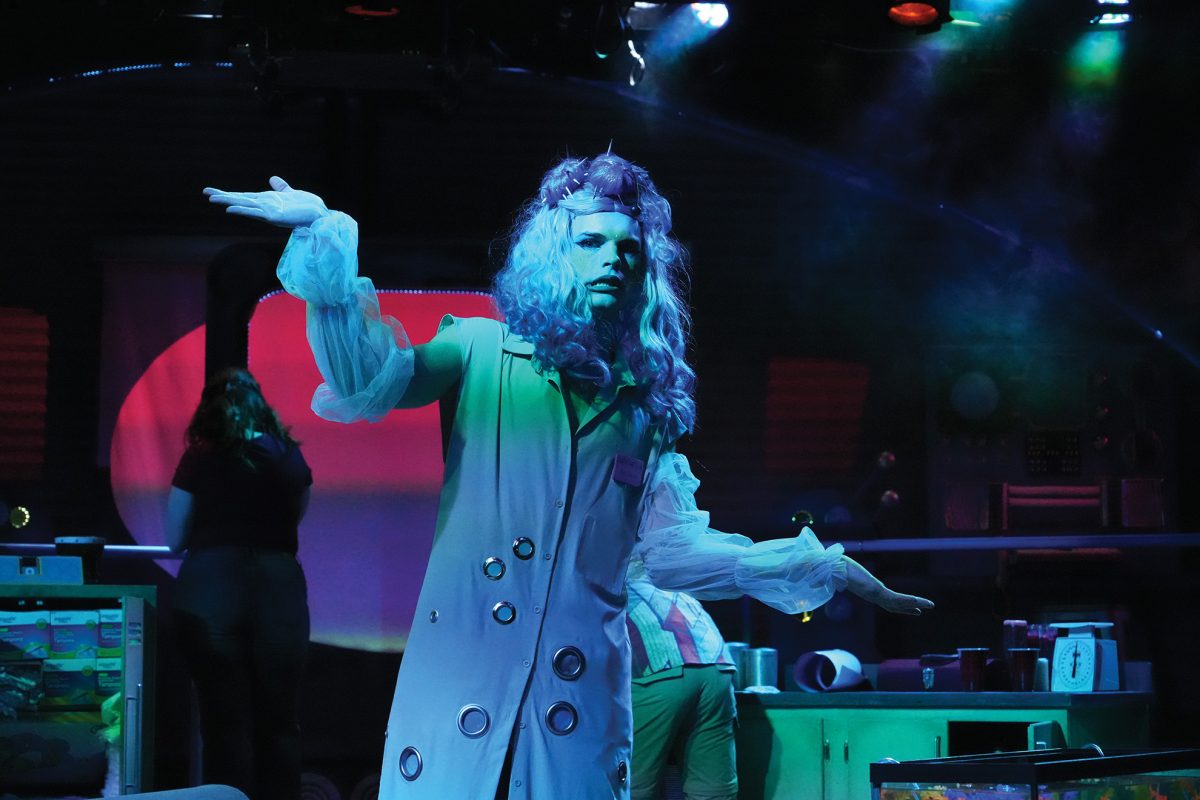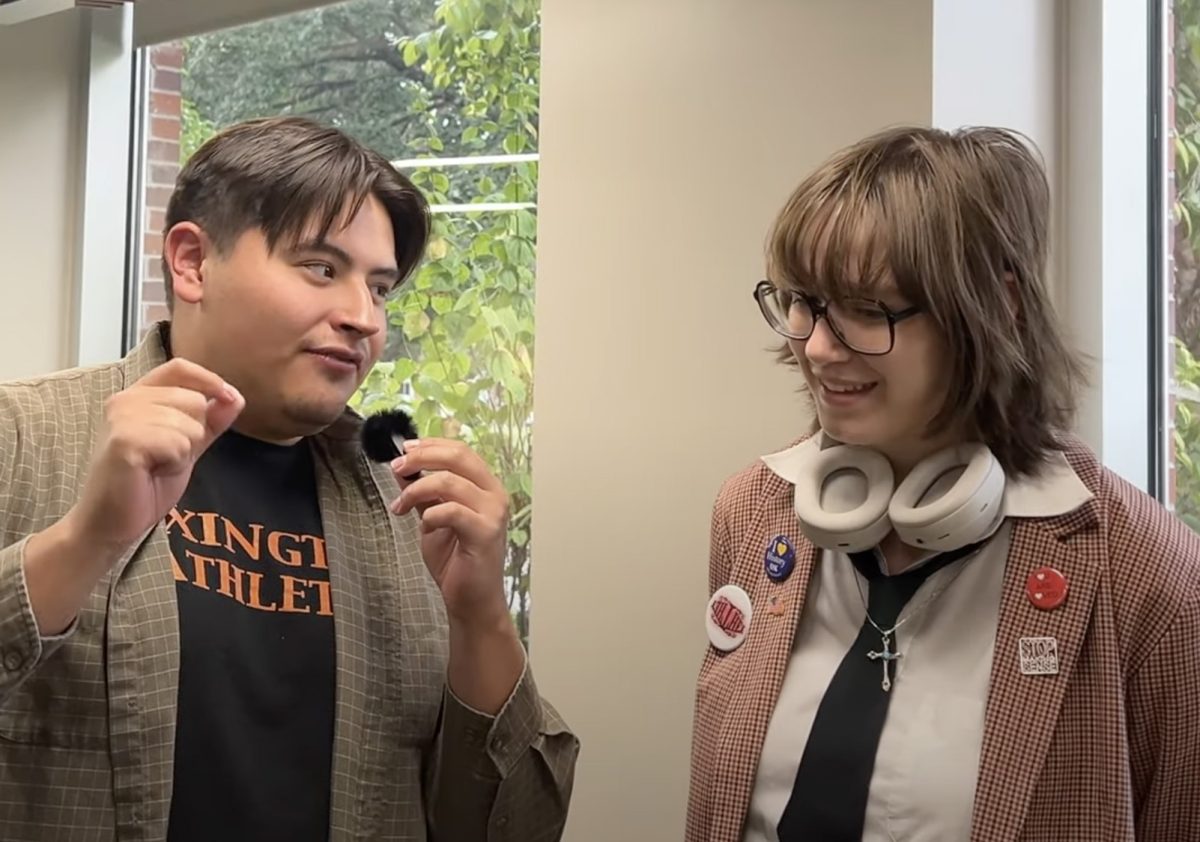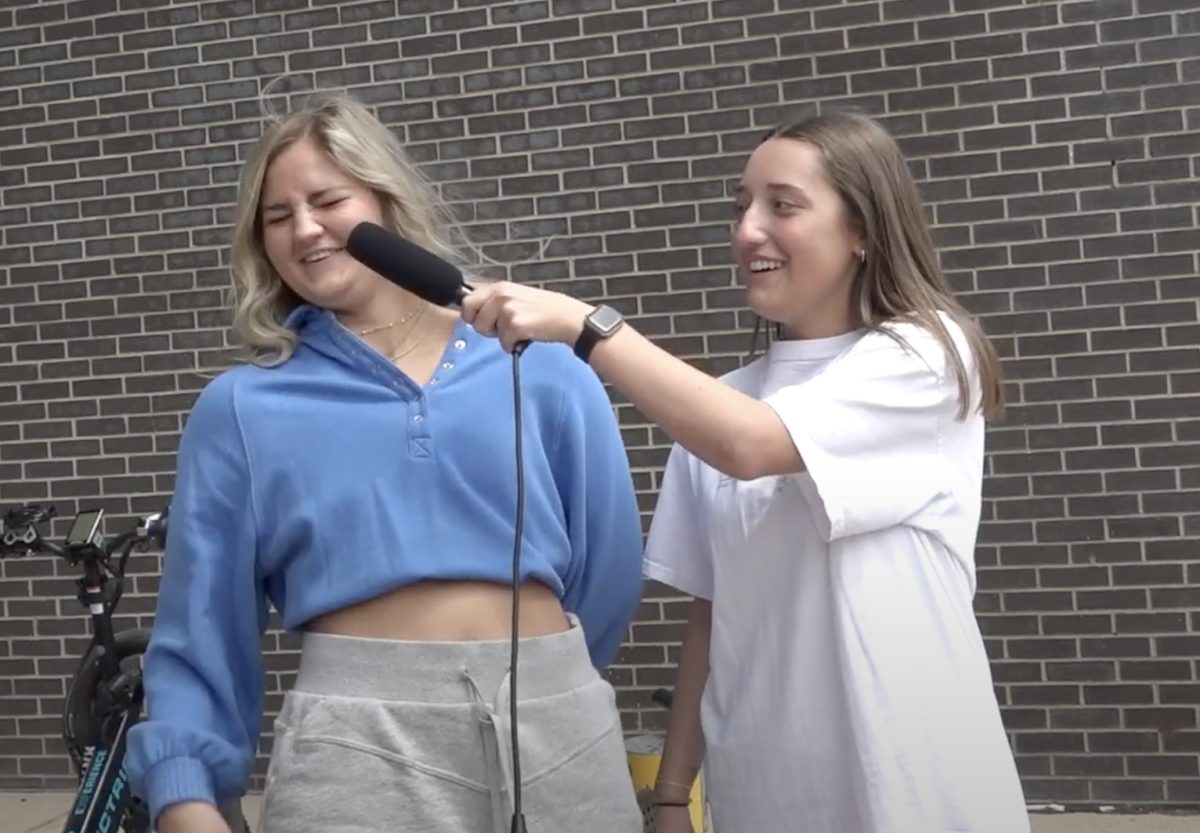delgadosandovals@lopers.unk.edu
In the shimmering haze of Las Vegas, where dreams are both born and buried beneath the relentless glow of neon lights, Gia Coppola’s “The Last Showgirl” emerges. The film is a poignant elegy to time’s inexorable passage and the ephemeral nature of fame.
At the heart of this narrative is Shelly Gardner, portrayed with unexpected depth by Pamela Anderson. A showgirl in her late fifties, she confronts the end of her career as the revue she has graced for three decades faces closure.
Anderson’s embodiment of Shelly is nothing short of revelatory. Known predominantly for her roles that capitalize on her physical allure, Anderson delves deep into the psyche of a woman whose identity is inextricably linked to the stage. Her performance is a delicate dance between vulnerability and resilience, capturing the essence of a performer whose life has been a series of choreographed routines, now disrupted by the uncertainty of an uncharted future. Anderson delivers a stunning performance that channels her long history as a Hollywood sex symbol into a deeply emotional role.
Coppola’s directorial approach is both intimate and expansive. She captures the grandeur of the Vegas stage with its dazzling costumes and elaborate sets, while also delving into the quieter, more introspective moments of Shelly’s life. The juxtaposition of the on-stage spectacle against the off-stage solitude and hardship underscores the duality of a performer’s existence.
The film has a documentary-like feel, capturing moments that seem as though we’re watching real people navigate their struggles, joys and dreams of escaping Las Vegas – though, deep down, we know they likely never will. Shot on 16mm film, the story carries a raw aesthetic. The camera often lingers in close-ups, blurring the edges of the frame into a hazy, dream-like softness that keeps the focus on its characters. It’s a stylistic choice that perfectly complements the film’s tone.
The supporting cast adds layers of complexity to the narrative. Jamie Lee Curtis delivers a transformative performance as Annette, a former showgirl turned cocktail waitress. She embodies the harsh realities of aging in an industry obsessed with youth. Her character serves as a cautionary tale for Shelly, a glimpse into a possible future devoid of the spotlight.
Dave Bautista’s portrayal of Eddie, the show’s lighting technician, brings a nuanced perspective to the often unseen pressures behind the curtain. The ensemble cast, including Kiernan Shipka and Brenda Song, enrich the narrative with their portrayals of younger performers navigating their own paths in the shadow of Shelly’s legacy.
“The Last Showgirl” carries a lingering sadness, a deep sense of regret – but it also holds moments of hope and beauty. The film masterfully portrays the harsh, unvarnished side of Vegas, revealing the cruelty and fleeting nature of an industry built on appearances. Its characters, once young and radiant, arrived in the city to dance, only to become part of its ever-shifting illusion. Yet, their dreams persist. Jamie Lee Curtis delivers a mesmerizing tabletop dance that is so raw and emotional, it sends shivers down my spine. It’s absolutely gut-wrenching.
“The Last Showgirl” is one of Anderson’s first dramatic roles, and she inhabits the character so effortlessly that it’s almost surprising it took this long for her to have such a star-making moment. Shelly feels like the living embodiment of someone clinging to the glory of her showgirl past, nostalgic for what once was, yet unwilling to accept how much the world has changed. Her flaws, relentless ambition and fierce determination make her easy to root for, even when she’s at her most stubborn. Anderson delivers her performance with a warm, bubbly voice tinged with diva-like confidence. Through her expressive portrayal, we see a Vegas that, for better or worse, was built on Shelly’s shoulders – a city she loves just as much as she loves being a showgirl.
“The Last Showgirl” is a captivating and nuanced portrait of working-class American life. Although the script meanders through its songs and dances, slowly drifting toward the final days of “The Razzle Dazzle’s” last show, the film embraces the fleeting nature of its world along the way.

